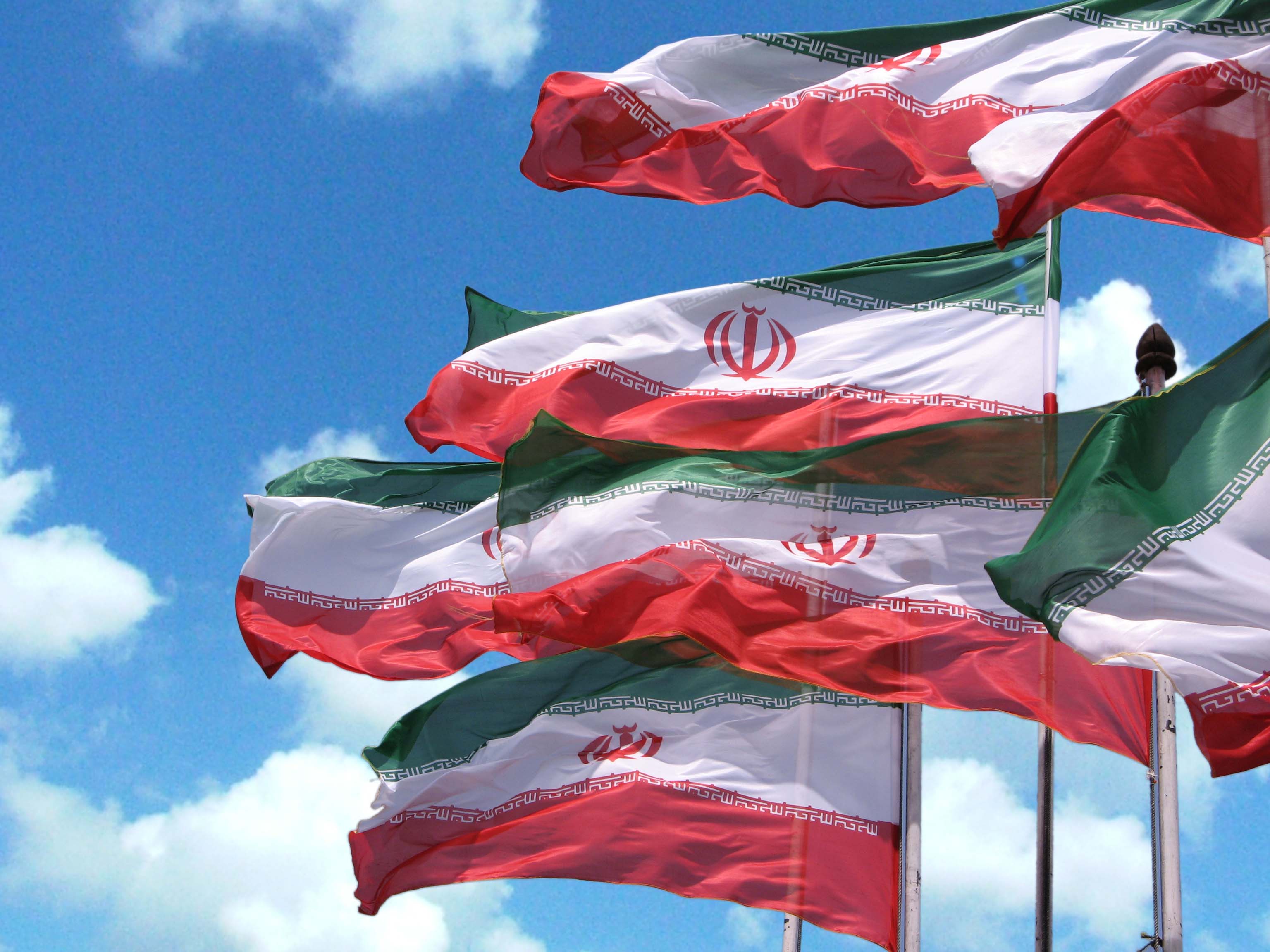Having attracted some $12.2 billion worth of foreign direct investment, Iran was the second biggest FDI destination in the Middle East and North Africa region in 2016, according to the latest report released by fDi Intelligence, a division of the Financial Times Ltd.
The report also shows Iran ranked sixth in the number of projects undertaken by foreign investors in the region in the year under review, as a total of 59 projects were implemented in 2016, indicating a 556% upsurge compared with the year before.
Egypt, with the attraction of about $40 billion of foreign investment over the period (28% of all the FDIs made in the MENA region), was the top FDI destination.
Trailing Iran (9%) were Saudi Arabia with $11.6 billion (8%), the UAE with $9.1 billion (6%), Algeria with $7.4 (5%) billion, South Africa with $7 billion (5%), Ethiopia with $6.8 billion (5%), Morocco with $6.6 billion (5%), Mozambique with $6.3 billion (4%) and Nigeria with $6.2 billion (4%).
The report lists “other” countries in the region as having attracted a total of $29.6 billion, accounting for 21% of the total FDIs attracted.
The UAE topped the list of countries in the MENA region in terms of the number of projects undertaken by foreign investors, which totaled 245 in 2016.
Following the UAE were South Africa with 105 projects, Morocco with 80 projects and Egypt and Saudi Arabia each with 69 projects.
According to the report, with $1.7 billion, Iran stood at seventh place in terms of the amount of investment made by the country overseas last year.
The UAE, Saudi Arabia and Morocco with $23.1 billion, $6.1 billion and $5 billion worth of investments made outside their borders ranked first, second and third respectively.
Iran invested in a total of 12 projects abroad in 2016 and ranked 10th in this respect. The UAE ranked first in this category with 177 projects.
The rise in FDI in Iran owes much to the nuclear deal the country signed with world powers in 2015, known as the Joint Comprehensive Plan of Action, which saw the removal of economic sanctions against the country the following year. In exchange, Iran agreed to limit the scope of its nuclear activities.
The landmark deal made it possible for Iran to be reconnected with the world economy.
A report released by the Organization for Investments and Economic and Technical Assistance of Iran back in April showed Iran had approved more than $12 billion worth of foreign direct investments after the JCPOA implementation.
Germany and Spain were the biggest investors in Iran over the period, with more than $3.96 billion and $3.2 billion worth of investments respectively. Other countries investing in Iran after the sanctions included Armenia, Afghanistan, the UAE, the UK, Ireland, Belarus, Turkey, Azerbaijan, China, Russia, Sri Lanka, Iraq, France, Cyprus, Kuwait, Malaysia, the Netherlands, India and Venezuela.
Incidentally, the introduction of investment opportunities in Iran is among the 14 priorities First Vice President Es’haq Jahangiri recently tasked the Ministry of Economic Affairs and Finance with in the current Iranian year (March 2017-18).
The sixth five-year development plan (2017-22) has envisioned an average annual economic growth of 8% in the course of the period, through the attraction of $250 billion in investment, of which $50 billion are stipulated to be financed by foreign resources.
As investment, be it domestic or foreign, and gross domestic product are positively correlated and while FDI creates economic growth via know-how transfer, adoption of new technologies and a rise in exports, the Economy Ministry is now tasked with devising new policies to increase Iran’s GDP by making investment in the country more attractive.


